
In an era where a man like Julian Assange can be mercilessly persecuted for just doing honest journalism, it takes a great deal of courage to expose the lies and misdeeds of America’s imperial ambitions. Yet they must be exposed and condemned for exactly what they have been and continue to be. No More War: How the West Violates International Law by Using ‘Humanitarian’ Intervention to Advance Economic and Strategic Interests is a book that goes the extra mile in doing just that.
As with all of his excellent books, Dan Kovalik has packed this readable and well-researched work with an abundance of invaluable information and insight into the imperial war machine, the imperial diplomatic and PR juggernaut, the extensive predatory machinations reducing the rest of the world to rubble so that America’s corporations and its ravenous banking system can subjugate and exploit their populations and extract their material wealth.
We citizens, under the spell of the Western propaganda machine, slog through the malaise of censored news, disinformation and deceptions with our eyes wide shut, preferring to avoid at all costs acknowledging the nefarious role our “exceptional” nation plays in perpetrating some of the most sordid war crimes in history, thereby propagating unfathomable misery across the planet.
Though we might prefer to immerse ourselves in the bliss of this willful ignorance, as the folks who fund such misadventures with our tax dollars, and who implicitly support it by raising no serious objections, much less mounting actual resistance, we are ourselves responsible. We are culpable. We share the guilt of those actively engineering and promoting this tsunami of death and destruction, a reign of terror inflicted on any nation who would dare stand in our path of full-spectrum dominance and self-serving plunder.
How is it “we the people” are rendered so indifferent to these acts of aggression?
Not an excuse, but an incriminating explanation, provides the required insight: We are told — and gullibly believe — that somehow this orgy of violence, the bloodbaths and rubble which result from our military interventions, are in pursuit of a better world, one where democracy and freedom and justice for all reigns supreme. That it is the U.S.’s responsibility to stand up for and protect the citizens of other nations who are being deprived of the rights and privileges due to all of us as humans.
But as Kovalik proves beyond any doubt, for seven decades, our wars of aggression and fostering regime change around the globe have had nothing to do with the tragically laughable “cover story” that the U.S. is spreading democracy and protecting human rights, but rather are the direct, predictable, and inevitable product of America’s obsessive fixation on world conquest and unchallengeable global domination.
No More War covers a lot of ground, looking in detail at Congo, Rwanda, Uganda, Afghanistan, Syria, Libya, Bolivia, Venezuela, Cuba, Nicaragua, the NATO aggression against former Yugoslavia, the Vietnam War. We see 1) how disruptive and counterproductive U.S. meddling in such countries is, 2) how such interference in the affairs of sovereign nations contravenes both currently accepted norms and international law, 3) how this abuse of military prowess is rapidly overextending U.S. projection of power, 4) how it is making America a pariah in the world community, and 5) how this will ultimately result in a major confrontation with countries like Russia and China, two nuclear-armed nations which genuinely have assumed the higher moral ground in the world of geopolitics. Dan Kovalik also eloquently exposes the profound hypocrisy of the U.S. claiming to be standing up for human and political rights in other countries, as it ignores and violates within its own borders many of those same rights for its own citizens.
No More War is a powerful, informative book. While the well-crafted prose reads comfortably, conferring it with NYT best seller potential, its erudition demands that it be taken seriously. This invaluable volume begs to be used as a textbook for university peace study courses. For we can’t very well chart the right course without fully understanding where we’ve gone wrong . . . so very very wrong.

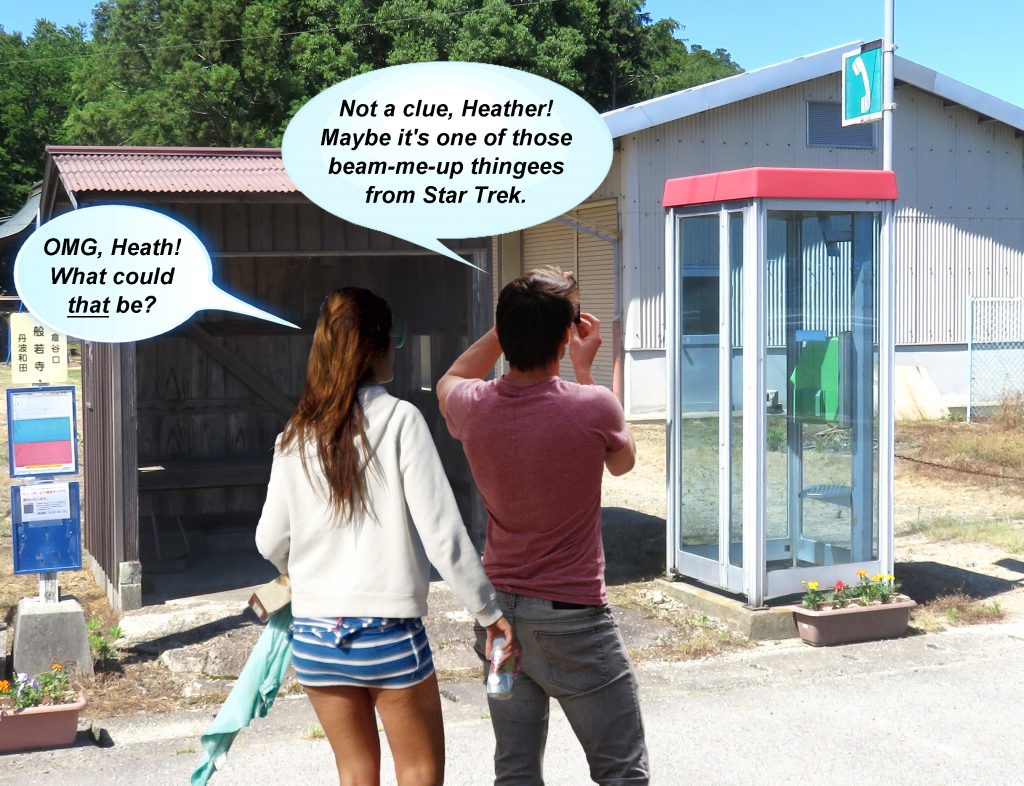
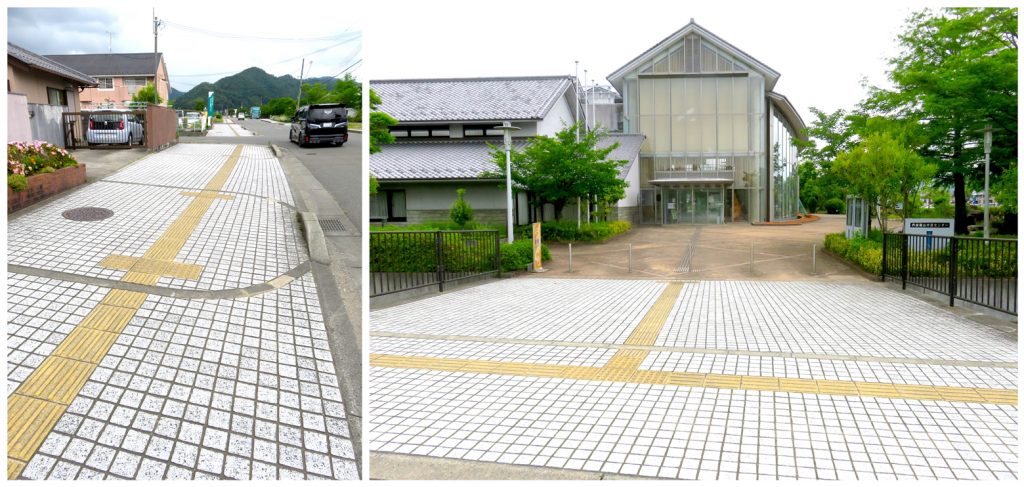
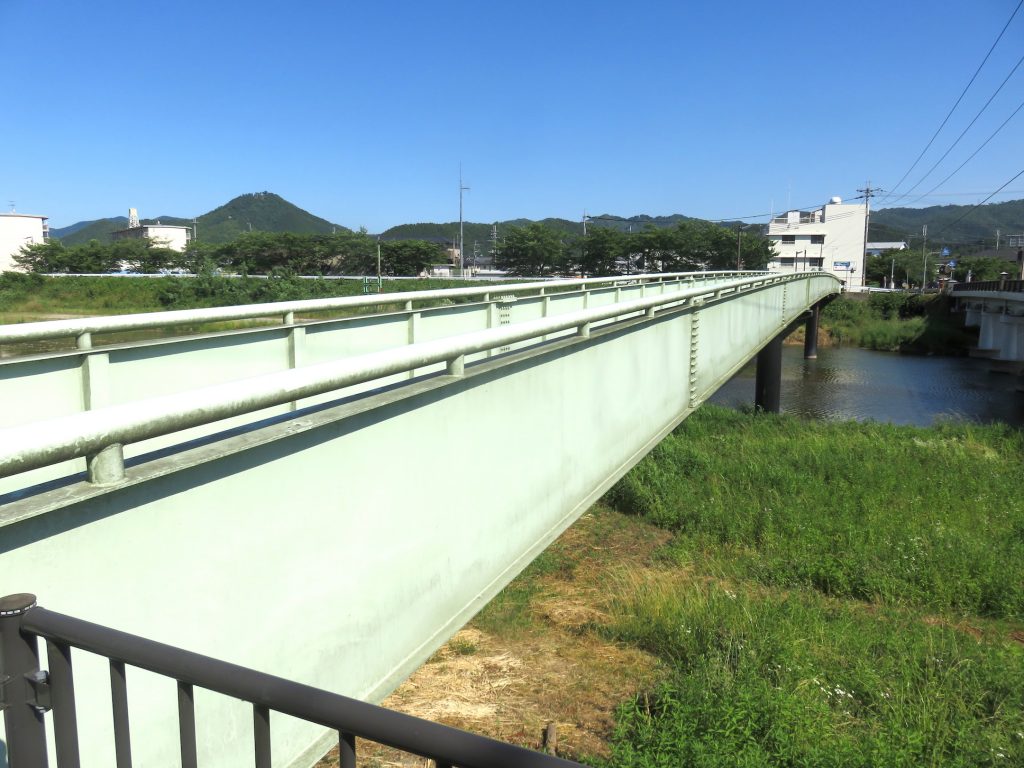
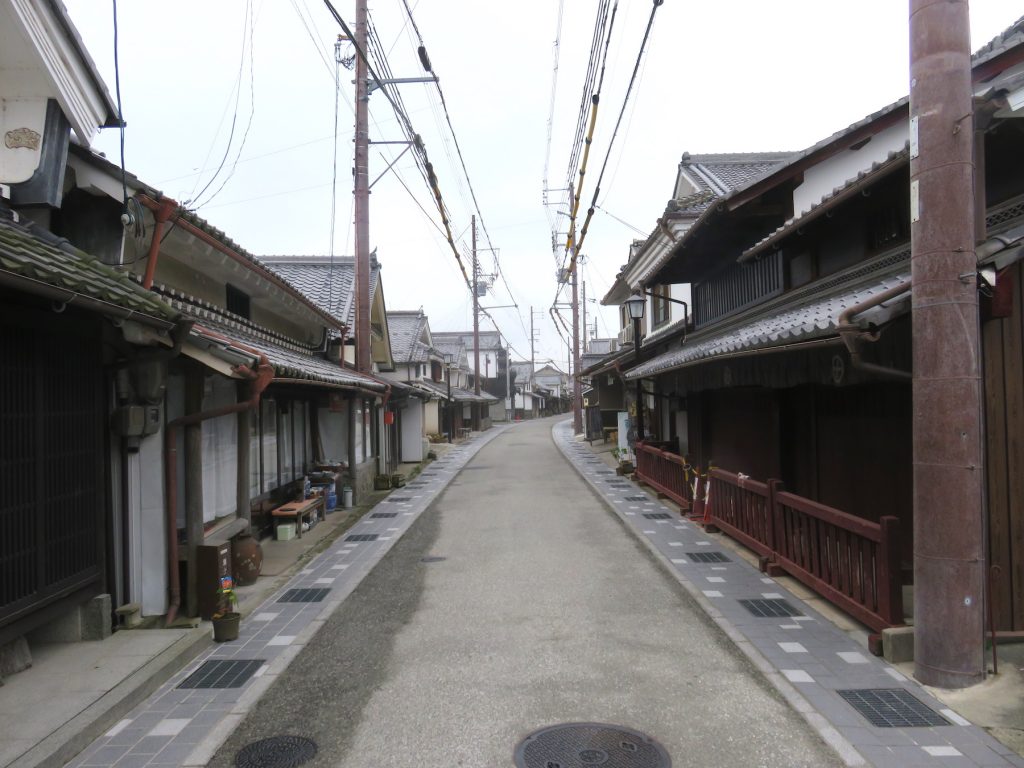
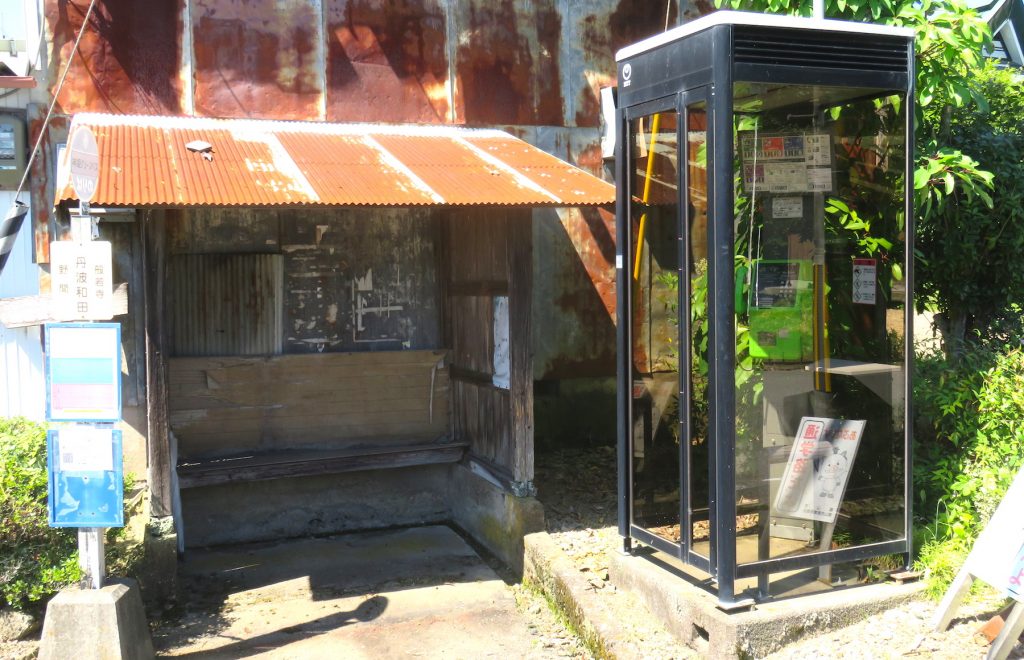
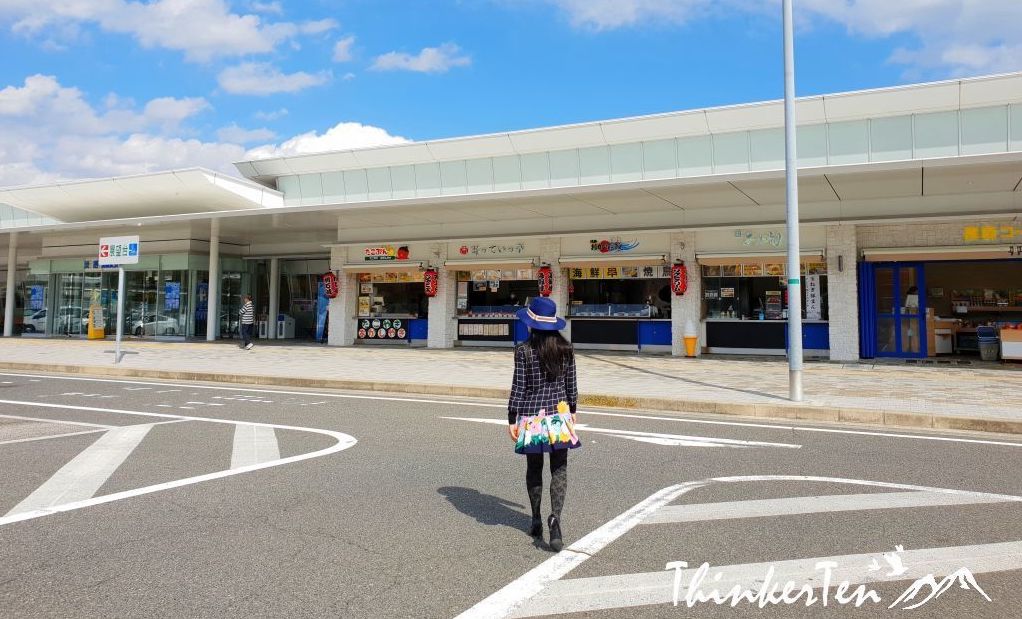
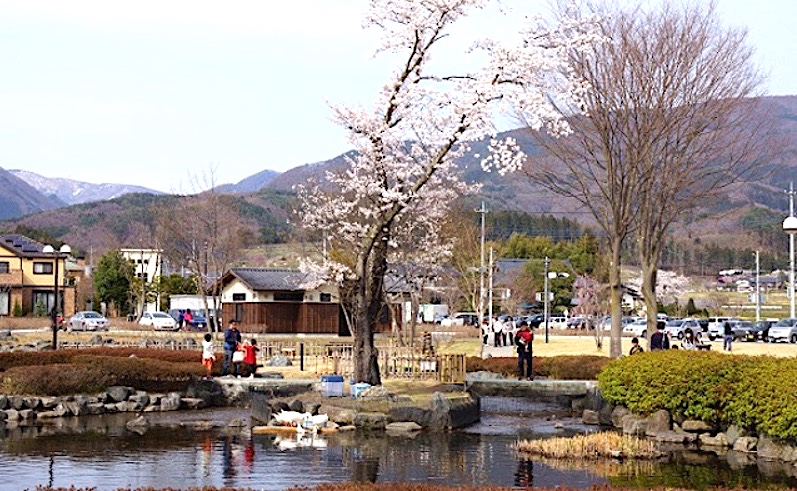
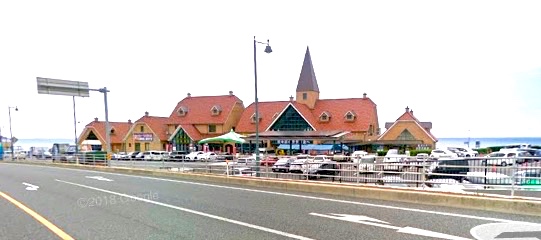

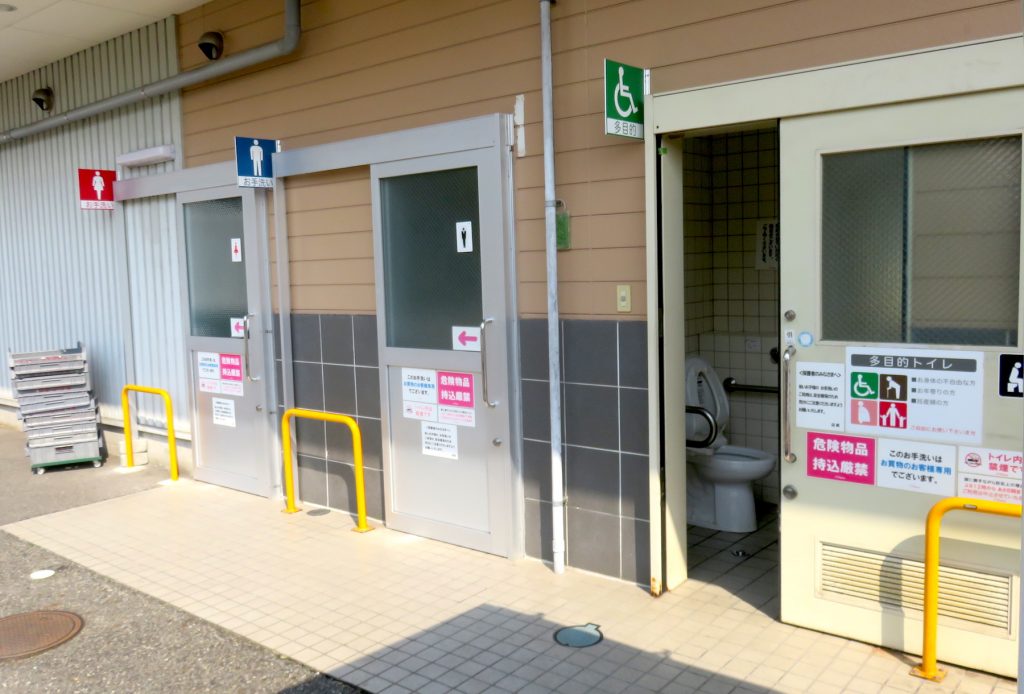
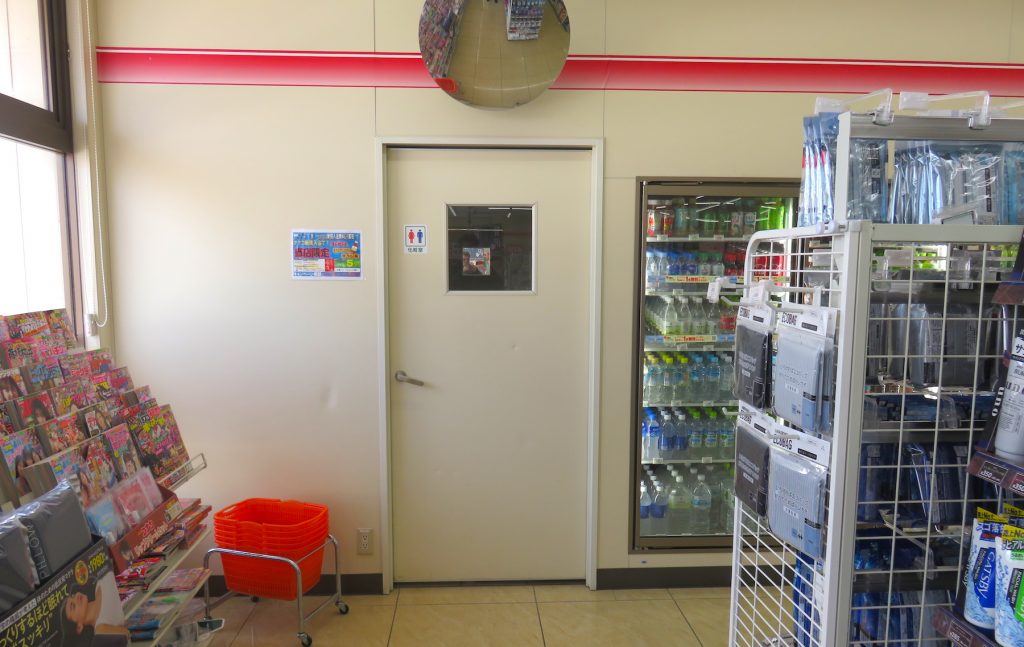
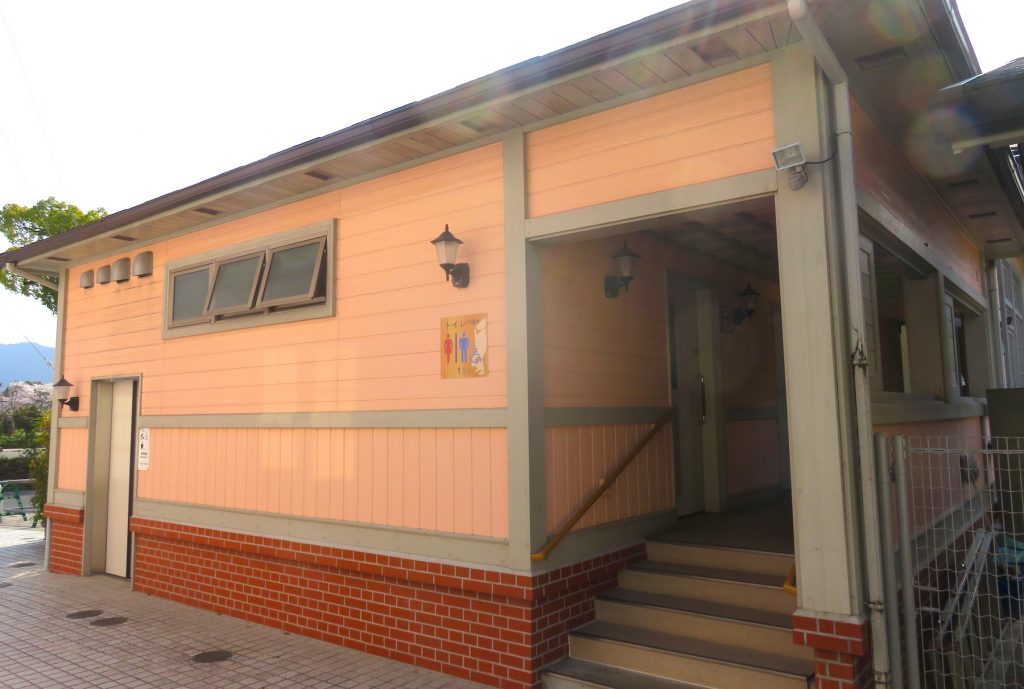
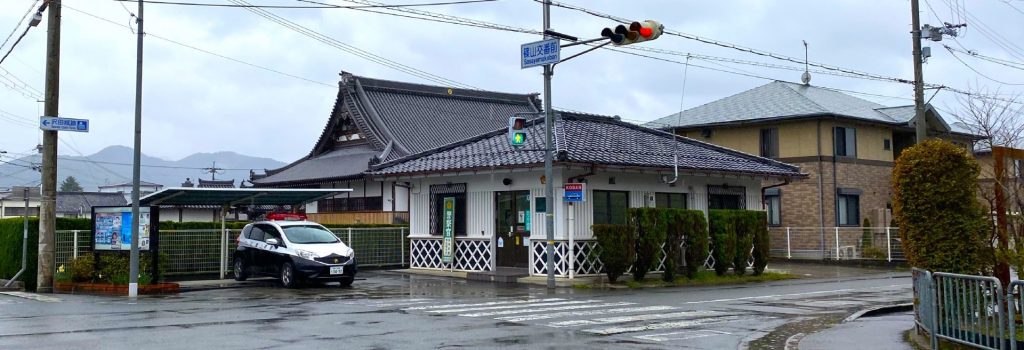
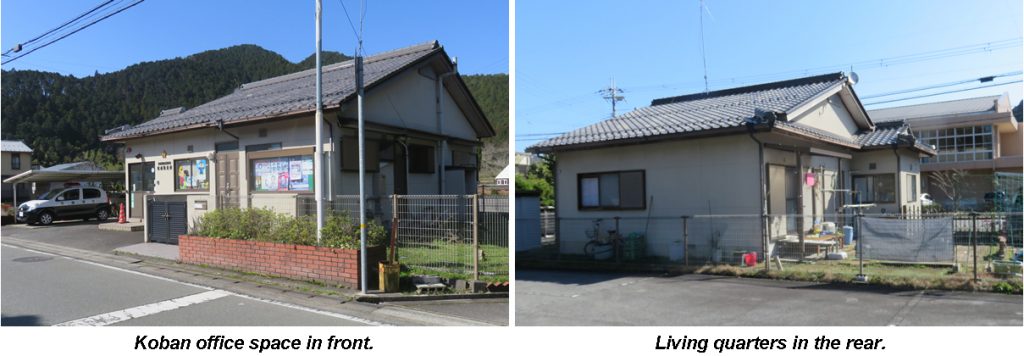
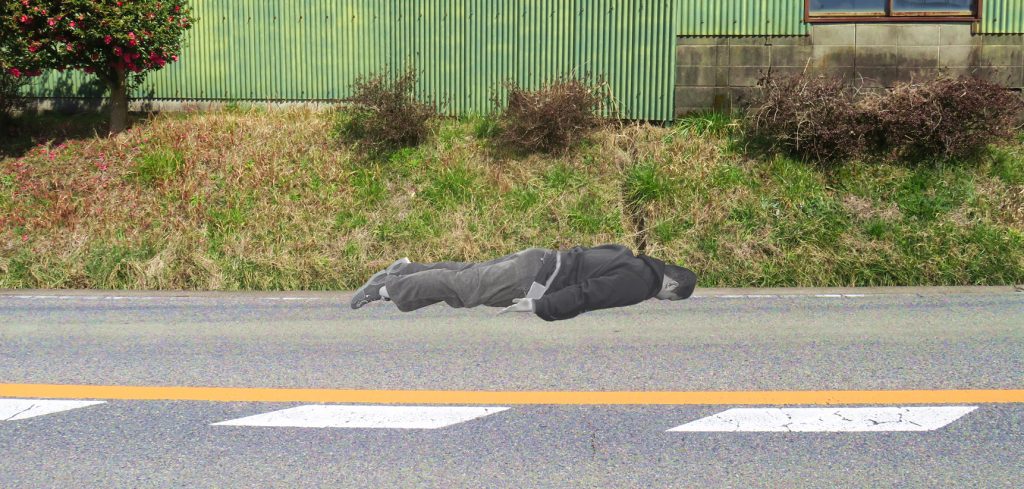
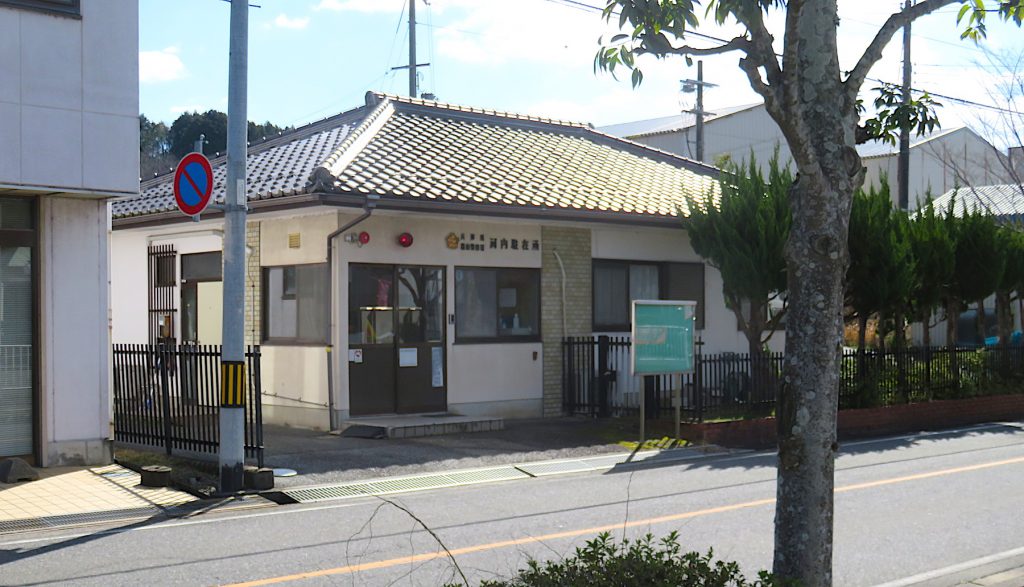
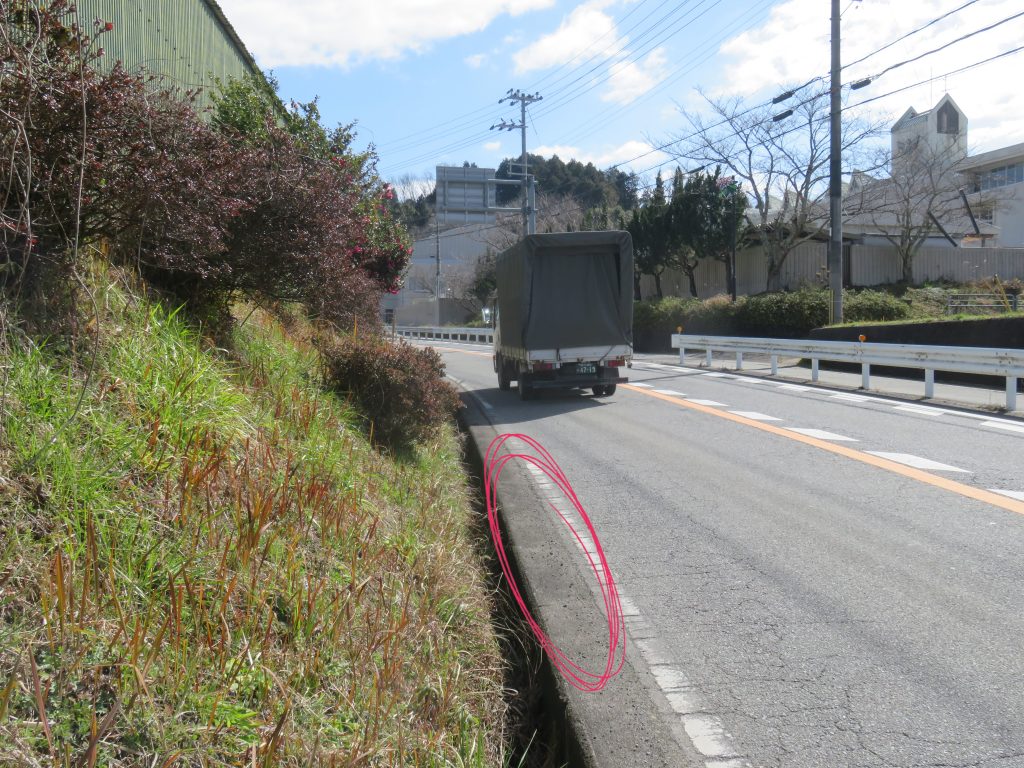
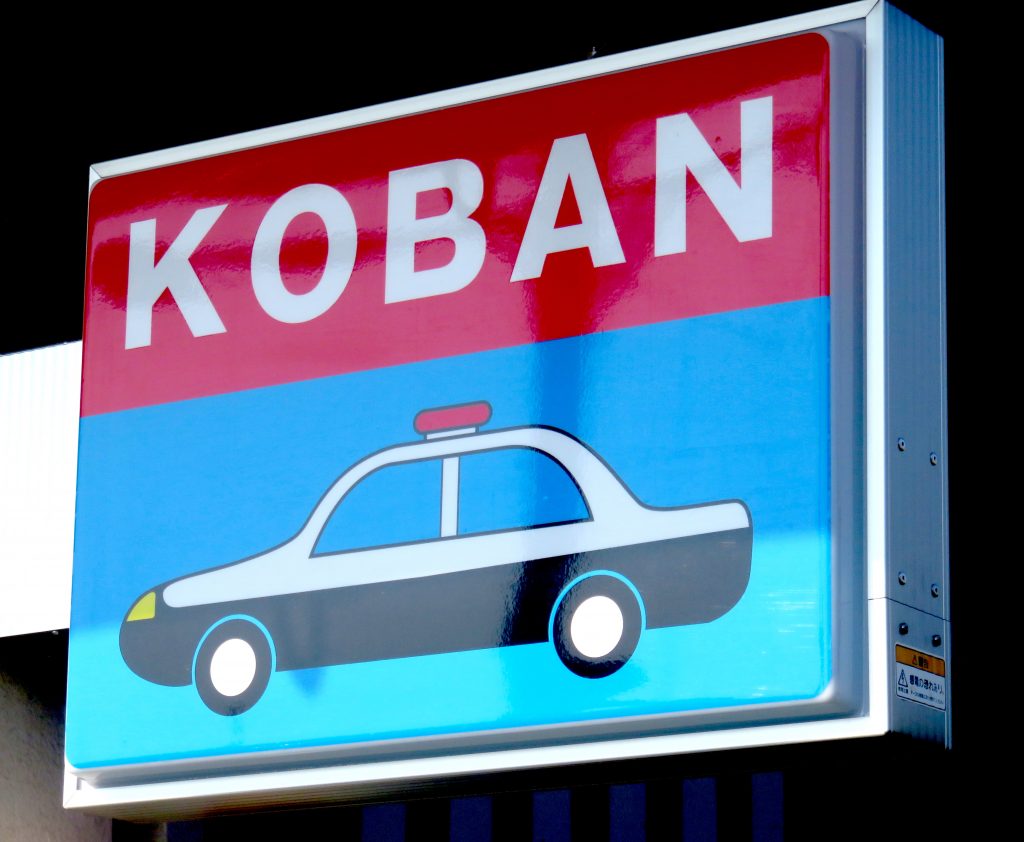
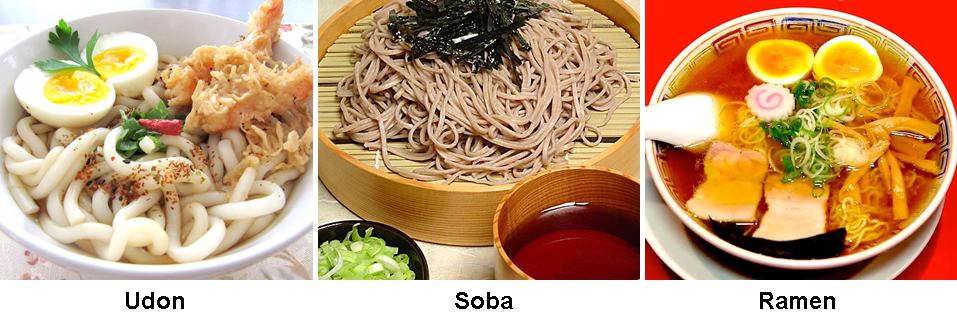




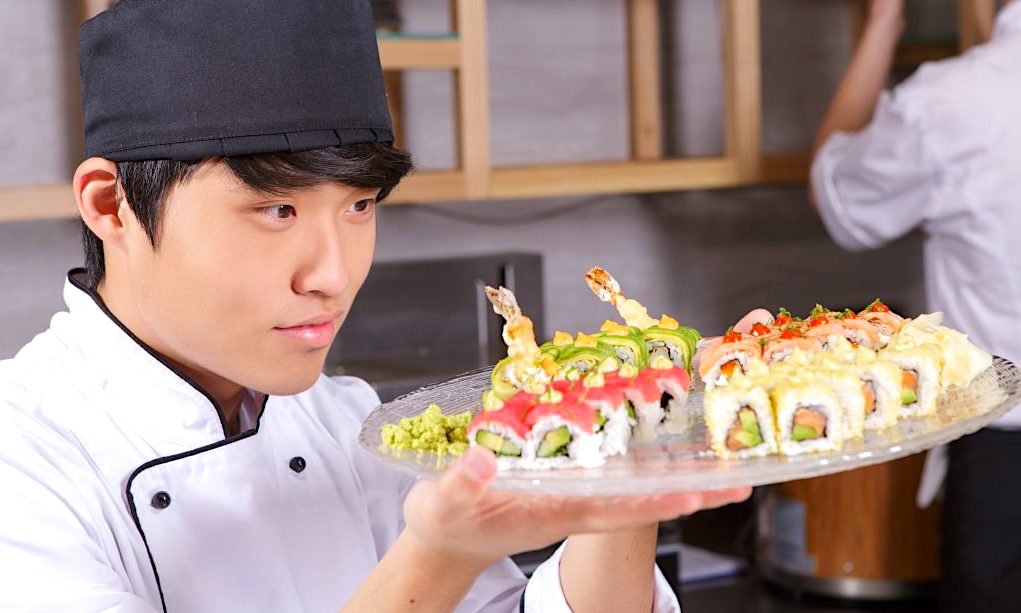
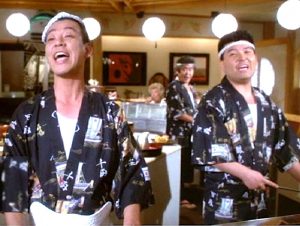

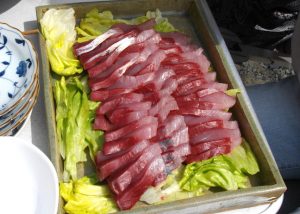
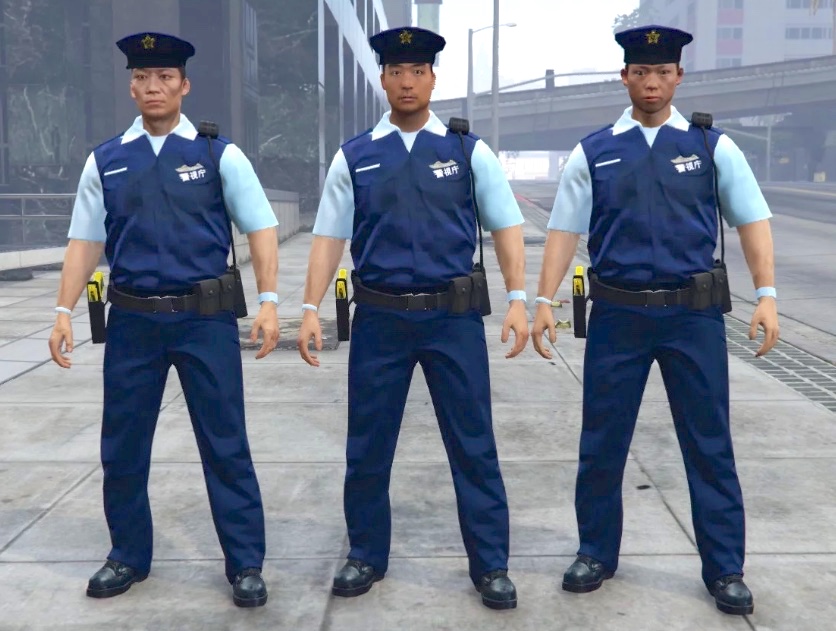


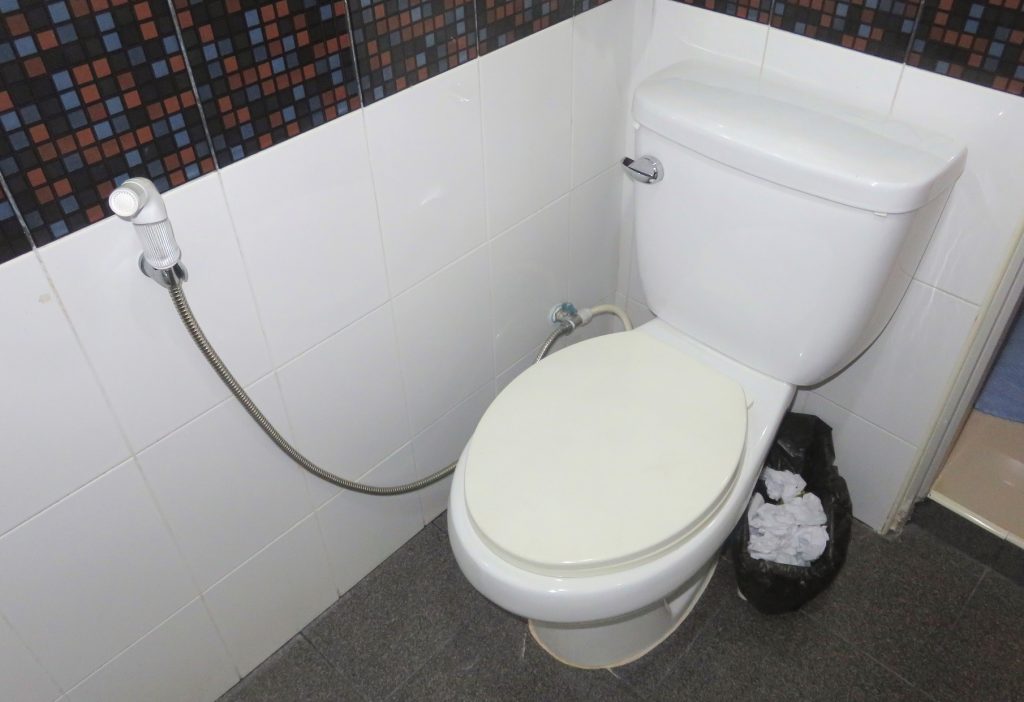


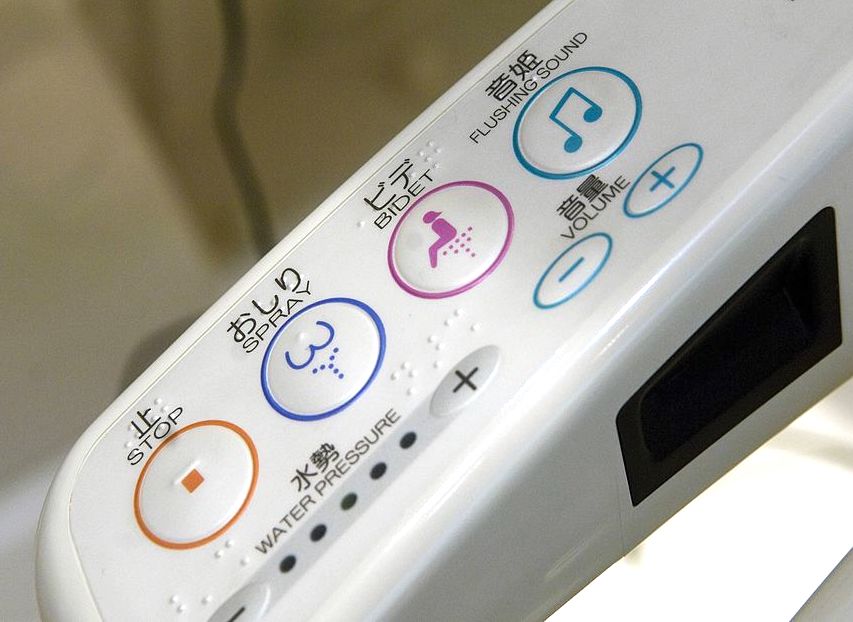



Life In Japan: Police Power II
Let’s face it. Crime is universal. Wherever you find human beings, you’ll find individuals in violation of the carefully-crafted laws of the land. Why just this week here in Japan, a lady in Kyoto walked out of a pet store with a cat. Granted, it was not a heist on the scale of the Great Train Robbery. In fact, the lady was convinced the cat was actually her cat, one that had recently run away. A case of mistaken cat identity? Covid-19 derangement syndrome?
But no matter how you look at it, policing is a tough job.
So . . . while police in the U.S. are killing fellow citizens, and especially people of color are being terminated by the law enforcement officers who are supposed to protect them, what are the police here in Japan doing?
The story pictured at the head of this article is a perfect example. Are they stopping waves of armed terrorists? Are they cracking down on drug traffickers and drug addicts who in need of their next fix are snatching purses from helpless old ladies? Are they interdicting elicit trade in contraband which could send the Japanese economy into a death spiral?
Actually, these officers are putting a notification on a bicycle! The owner of this bike — brace yourself — failed to lock it, a clear invitation for a hardened bicycle thief to cart it off and then God only knows. Ride it? Sell it? Ship it to North Korea as a gift to Kim Jong-un? The paper band around the tire is a reminder that it’s a good idea to lock a bike.
Of course, the world is in great turmoil right now. The coronavirus pandemic has everyone on edge. In the U.S. people understandably let off steam by burning down police stations, as a message to authorities that they should do a better job, even though now they don’t have a proper place to organize their police work.
By contrast, here in my charming home town of Tambasasayama, the police embrace a slightly different narrative. Since things that grow can offer both calm and beauty, they now have 40 flowering plants in the lobby of the main police station. Not surprisingly, people like this and some just stop by for no other reason than to enjoy the display of flora. No one has been seen outside the building with a torch and a trunk full of Molotov cocktails.
I guess some cynics would characterize this as police power merging with flower power. Or the cops trying to put an amicable face on the often unpredictable and brutal business of enforcing the law and keeping the peace. Whatever the reason, we have to recognize the harsh realities.
It’s easy for crime to take hold, spread, and run roughshod over a society. It’s important to draw the line, never make excuses or compromise.
Take jaywalking. Everyone knows that jaywalking is a “gateway crime”. Statistically, every person who has murdered, robbed, raped, dealt drugs, pimped, cheated on their taxes, or thrown someone off the top floor of a skyscraper, has jaywalked. In the minds of tough law enforcers, this is proof that jaywalking, if unchecked, leads to truly reprehensible and villainous behavior.
Thus, in the U.S. the police take a rigid stance on jaywalking. If you’re too lazy to walk the extra few steps to find a proper pedestrian crosswalk, it can end badly.
Hmm . . . I’m not sure why I brought this up.
Oh, I remember!
You see, the Japanese don’t jaywalk or cross against a signal. They dutifully seek out an official crosswalk, and even if there is absolutely no traffic in sight for several kilometers, they wait until the walk sign goes on before proceeding. Which is why there’s practically no crime here. No jaywalking. No murder or burglary, kidnapping or gang banging. Or very little. This strict regard for jaywalking law is, of course, reinforced by an abiding respect for the lives and property of others, as I’ve written about elsewhere.
Let me close this by referencing a video of the Japanese police in action here. This was a difficult “traffic management” situation which in my opinion they handled admirably.